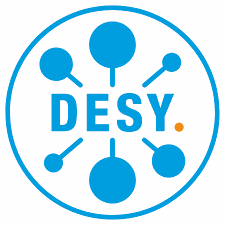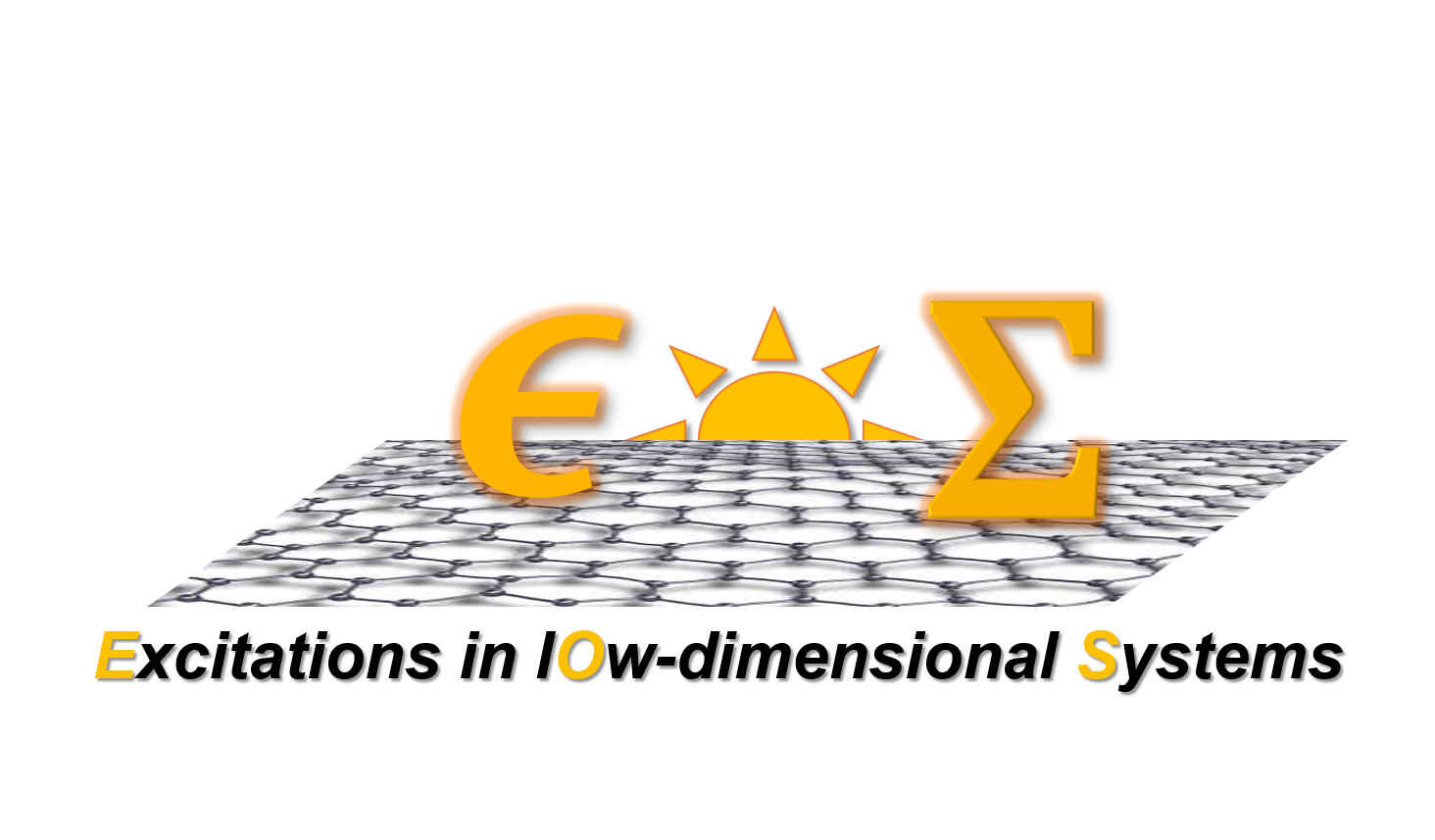Funded Projects
FoMEDOS: Fundamentals of Molecular Electrical Doping of Organic Semiconductors (10/2017 - 10/2019)
The overall goal of this project is to understand the fundamental physical processed ruling doping in organic semiconductors. We focus on the describing the effects of doping in the electronic structure and optical excitations of molecular complexes from first-principles methods (density-functional theory and many-body perturbation theory).
Collaborators:
- Prof. Dieter Neher, University of Potsdam, Germany.
- Prof. Norbert Koch, Humboldt-Universität zu Berlin, Germany.
HIOS: Hybrid Inorganic/Organic Systems for Opto-Electronics - Collaborative Research Center 951 (07/2019 - 06/2023)
The goal of this Collaborative Research Center is to combine inorganic and organic together with metal nanostructures to form novel hybrid structures. Since July 2019 the EOS group is part of this consortium with a the project "First-principles modelling of ultrafast charge transfer at photo-excited TMDC/organic interfaces". In this project we will employ the methods of the real-time time-dependent DFT to unravel the microscopic mechanisms of laser-induced charge transfer in hybrid interfaces with specific focus on te role of vibronic coupling and of dielectric environments.
Ab initio modelling of the photoemission properties of Cs2Te as photocathode material for particle accelerators (06/2019 - 06/2022)
The goal of this project is to understand, predict, and control the photoemission properties of the photocathode material Cs2Te. To accomplish this task, state-of-the-art computational methods based on DFT and many-body perturbation theory are employed.
Funded by 
GLIMPSE: Illuminating Building Block Evolution of Metal-Halide Perovskite Semiconductors from Solutions to Thin Films (9/2019 - 8/2022)
The overall goal of this project is to gain fundamental understanding on the structural, electronic, and optical properties of metal-halide complexes in solutions and to follow their evolution towards the formation of crystalline semiconductors through low-dimensional intermediates. We will tackle these research questions in an interdisciplinary framework at the boundary between chemistry and physics adopting strongly intertwined experimental and theoretical approaches.
Collaborator:
- Dr. Eva Unger, Helmholtz-Zentrum Berlin, Gemany.


